By Jim Long
Output Level or Sensitivity
Microphone output level or sensitivity is a way of expressing the microphones "output" when 1, loaded in a specific manner (RL) and 2, driven with sound of a specific "loudness." Output level is usually given at a single frequency.
Two commonly used frequencies are 1000 Hz and 250 Hz. The 1000-Hz measurement is used for speech-frequency, communication-type microphones, and the 250-Hz measurement is used for the wide-range microphones more likely to be employed by the serious amateur and professional.
Sensitivity often is expressed as "-60 dB." This figure is absolutely meaningless. It could refer to several valid, though different, rating methods now currently used by the American audio industry. If the actual voltage delivered to the amplifier input is desired, some or all, depending upon which rating method is employed, of the following additional information is required to give the "-60 dB" meaning: 1, the sound pressure level driving the microphone, 2, the internal impedance of the microphone (RG), and 3, the load on the microphone (RL). The two most used sensitivity specifications are discussed below.
Open-Circuit Voltage Rating
This rating is most frequently applied to high-impedance microphones, but may be applied to microphones having any source-impedance value. The open-circuit method states explicitly the load (RL) as open circuit. In practice, measurements may be made as long as Rc is about 20 times that of RG. The error would be limited to about 0.1 dB. A microphone rated according to the open-circuit method would read, stated completely:
Sensitivity =-60 dB re/1 volt/microbar.
The "re" (referred to) is the key to our question of what voltage drives the amplifier, and is part of the sensitivity statement because the rating is expressed in dB. Decibels, like per cent, are a relative measurement. If we want an absolute answer from the dB sensitivity rating, we must answer the question "relative to what?" As an example, we could say that board "A" is three times the length of board "B." That's relative. If we want to know exactly how long board "B" is, however, we must know the length of "A." If "A" is three feet, then "B" is, absolutely, 9 feet. Returning to the open-circuit microphone voltage rating, the only difference is that the reference is "1 volt," rather than "3 feet." So now we have a reference for the dB expression of microphone output. But what about the final piece of additional information, the sound pressure level at the microphone? This final information is also contained in statement 1, as "1 microbar," the amount of sound pressure which results when 1 dyne of force is applied to an area of 1 cm^2. To make us feel at home, one microbar of sound pressure is that put out by a typical symphony orchestra playing mezzo forte.
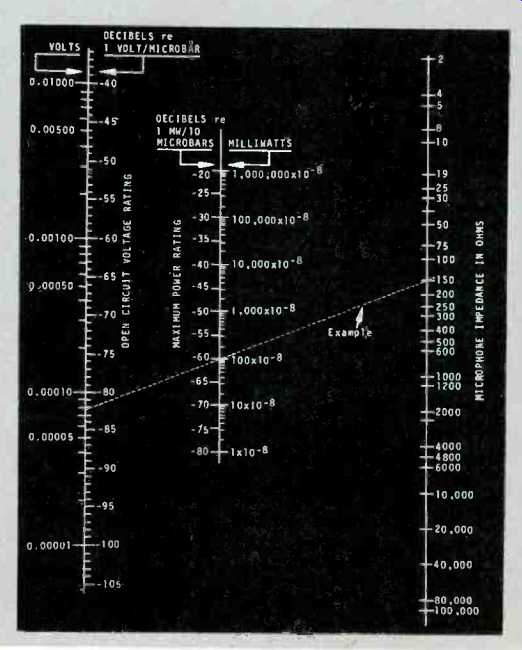
Table II--Microphone sensitivity nomograph for converting open-circuit voltage
sensitivity ratings to maximum power ratings and vice-versa.
Sometimes, the "1 microbar" will be given as 74 dB. This is simply because someone thought it more convenient to speak of sound pressure in terms of dB instead of microbars.
Of course, you must have a reference, and this reference has been set up as 0.0002 microbars, the "threshold of hearing," the "smallest" sound we can hear. There is nothing sacred about this threshold of hearing; it is simply an empirical figure based on the reactions of a large group of people. Sound pressure given is decibels re .0002 microbars is generally called sound pressure level (SPL). At any rate, the microphone rated at-60 dB re 1 volt per microbar will deliver into an open circuit, with a 1 micro bar sound pressure input (or 74 dB SPL), a voltage that is 60 dB below 1 volt. Table II shows the relationship between decibels and volts (to save a lot of slide rule work) and shows 60 dB below 1 volt. Table II shows the relationship between decibels and volts (to save a lot of slide rule work) and shows 60 dB below a volt to be 0.001 V or 1 mV. The value of microphone impedance, RG, is generally not important in open-circuit measurements, because RL is so much larger than RG that a negligible amount of the voltage EG is lost across the internal impedance.
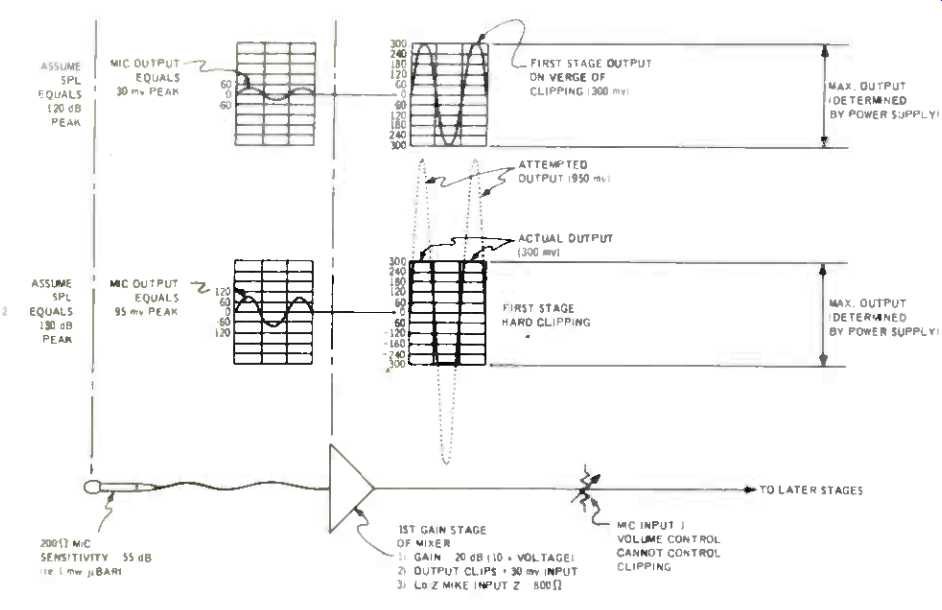
Fig. 27--The mechanism of input overload.
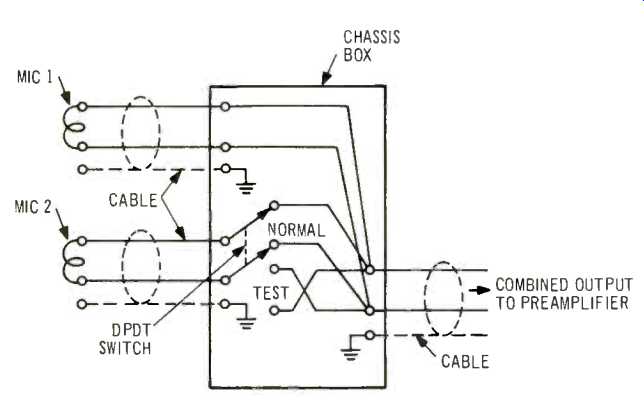
Fig. 28--Phase-reversing
box for parallel testing of microphones.
Maximum Power Rating
This method employs an RL equal to the microphone's own internal impedance, RG. Thus we need to know, in this method, the value of RG. Note that the rating is given in power delivered to the load (RL) and not in voltage, as in the rating method described above. A microphone rated according to the maximum power rating would read, stated completely: Sensitivity = 60 dB re 1 mW/ 10 microbars. The new output reference is 1 mW, rather than 1 volt.
The sound pressure if 10 microbars (94 dB), 20 dB above the 1-microbar reference described previously. Thus, the microphone will deliver into a load equal to its own impedance, and with a 10 microbar sound-pressure-level input, a power that is 60 dB below 1 mW. Table II shows the relationship between decibels and mW's (to save, again, a lot of slide rule work) and shows an output of 100 x 102 milliwatts or 10^-9 watts.
Of course, our original question was the voltage delivered to an amplifier, not power! If RL and RG are, for instance, 150 ohms, the microphone will deliver to the load the following voltage:
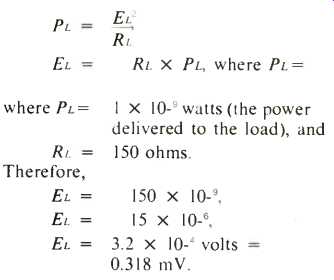
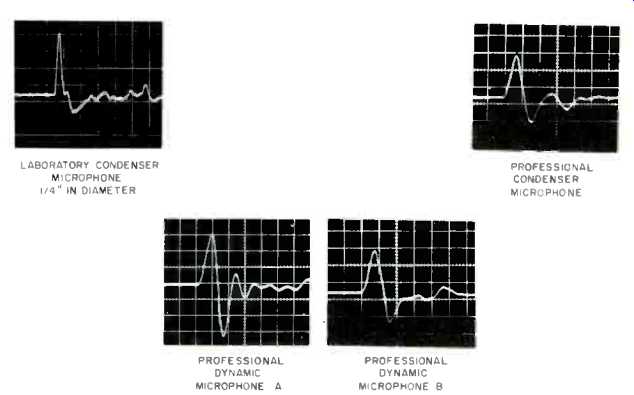
Fig. 29-Responses to a discharging capacitor (50 µS per major division on
horizontal time axis).
Other voltage values corresponding to RL's above or below the values of RG may be determined. For example, the effectively open-circuit termination provided by some high quality home tape recorders will be driven with an EL 6 dB above 0.32 mV, or 0.64 mV. This may be compared directly to the 1-mV output of the microphone described in the open circuit-rating section if 20 dB is added to compensate for the difference in reference sound pressure level between the two ratings. The corrected voltage output would be 10 mV, about 24 dB "hotter" than the low-impedance microphone's 0.64 mV output.
As another example, the 600-ohm termination provided by some other high-quality solid-state recorders, designed to work with "low impedance" microphones, would be driven about 2 dB below the 0.64-mV output, or 0.51 mV. (RG/RL = 600 = 0.25 in Table II). Allowing of course, for actual sound pressures different from the reference 10 microbar (94 dB), a comparison of the 0.51 mV figure to the manufacturer's specification on the voltage input required to drive the recording meters to 0 vu would determine the compatibility of the microphone with the recorder.
Table II permits conversion from the maximum-power to the open-circuit voltage rating, or vice versa. For instance, the maximum power rating given above of -60 dB re 1 mW/10 microbars corresponds to -82 dB re 1 V/microbar.
(Audio magazine, Feb. 1973)
Also see:
Mike Technique and Sound Effects (Dec. 1974)
Electro-Voice microphones (Jan. 1973)
= = = =